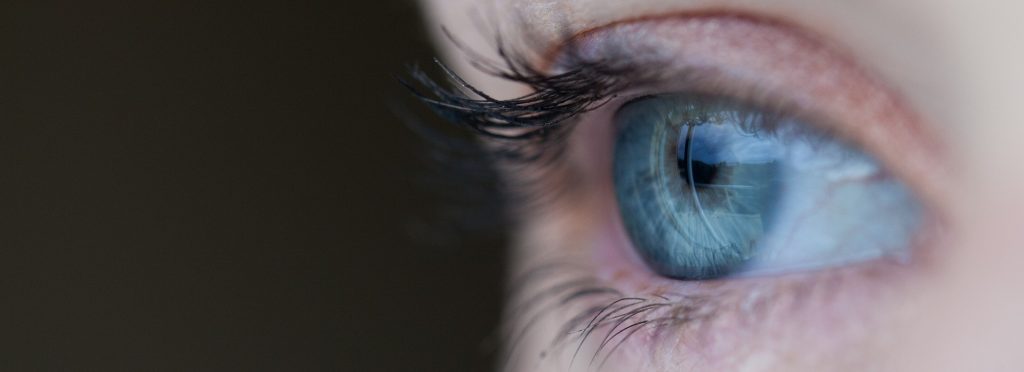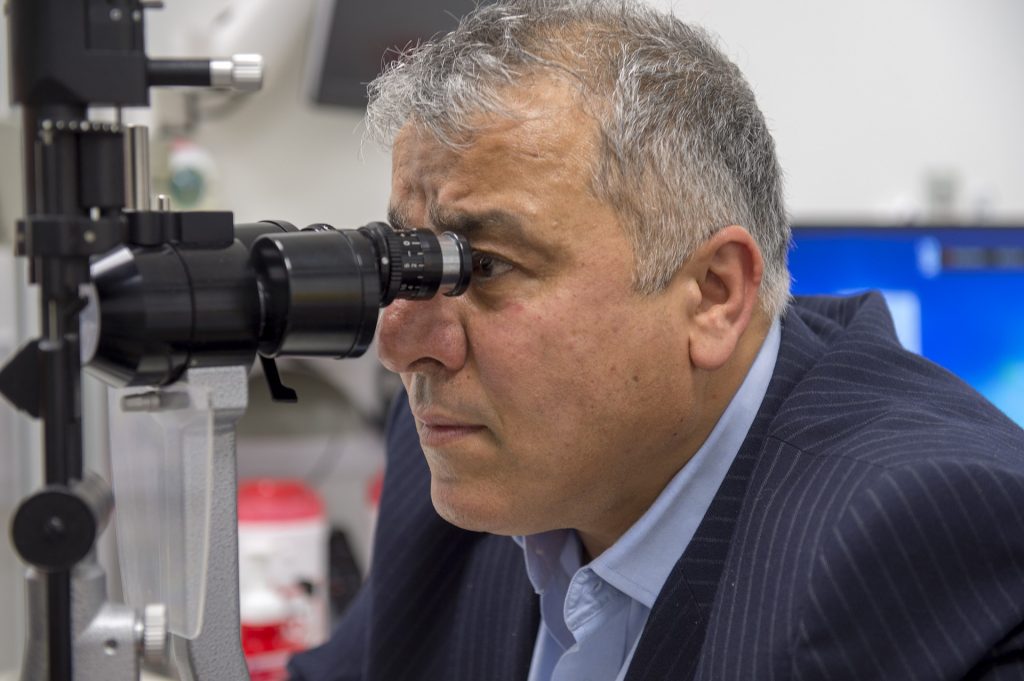Eye Test: What Is It and What to Expect?

Regular eye examinations are important for two reasons: to detect and diagnose eye problems, like glaucoma and macular degeneration and for clear, comfortable vision. With an eye test, you’ll not only know if you need to start wearing glasses or change your prescription but also know if you are at risk of certain common eye conditions such as cataracts and Amblyopia.
What is an eye exam?
If you’ve never had a comprehensive eye exam before, you probably don’t know what to expect and may be tempted to skip it altogether. Don’t. Depending on the doctor and the complexity of your case, the eye exam can take anywhere from half an hour to 2 hours. Despite its duration, a comprehensive eye exam is simple and relaxed. Most of the tests and procedures used to examine your eyes are quite simple. And for the more complex ones, you are unlikely to feel any discomfort during the examination.
Your doctor will most likely delegate some portions of this exam to members of his team and handle the rest himself. Generally, the ophthalmologist will inquire about:
• your vision and whether you already wear corrective lenses
• your general health and the medications you take
• Your medical history
• your family’s medical history
What to expect during an eye exam?

Below is a list of the most common eye and vision tests that you are likely to undergo during a comprehensive eye exam:
Visual acuity tests
The part of the eye examination that people are most familiar with is the reading of a chart containing letters. These charts are used to test patients’ visual acuity. There are two types of charts used by ophthalmologists for testing visual acuity: the “Tumbling E” eye chart or the Snellen eye chart.
- Snellen eye chart contains 11 lines that have only the block letters C, D, E, F, L, O, P, T, and Z. These letters progressively decrease in size as you move down the chart. Patients are then asked to read the letters.
- The “Tumbling E” eye chart consists only of the letter ‘E’ in uppercase. The letters on the chart face different directions, and people being tested indicate the direction in which the letter is pointing. This type of chart is used when the patient is too young to read, is illiterate or is not able to recognize letters or read them aloud.
Your doctor will ask you to cover one eye each time and read the letters aloud. This enables them to determine whether you have 20/20 vision or not. 20/20 vision is commonly used to say that the patient’s vision is normal. Placed at 20 feet from the chart, a patient with normal vision will be able to read what most human beings can read at 20 feet.
Another chart often used is the Jaeger eye chart. It is a small hand-held card consisting of several blocks of successively smaller text, generally ranging from large print to very small print. It is used to evaluate your near visual acuity.
However, eye charts have their limitations. They can only help the doctor determine problems in your distance vision. They don’t measure peripheral vision, depth perception, color perception or ability to perceive contrast, and nor do they help in determining if the patient has other conditions, such as glaucoma.
Ocular motility testing
Ocular motility testing, as can be deduced by the name, is used to assess eye movements. It helps your doctor determine how well your eyes can follow a moving object and how quickly and accurately move between two objects. You will be asked to follow the slow movement of a hand-held light with your eyes while holding your head still. This is performed to test smooth eye movements called “pursuits”. On the other hand, to evaluate quick eye movements, also called “saccades”, you might be asked to move your eyes back and forth between two objects placed some distance apart from each other.
Eye strain, headaches, and blurry vision are often side-effects of irregular eye movements.
Cover test
Cover tests are as simple, and as common, as the visual acuity tests. During the examination, the ophthalmologist will ask you to focus on a small object across the room and will cover one of your eyes while you stare at the target. The test is then repeated with the other eye covered. The doctor will then do the same thing but have you look at an object that’s closer to you this time.
This test is conducted to assess if you suffer from strabismus or from a more subtle vision problem that could cause “lazy eye”.
Retinoscopy
Retinoscopy is performed to determine eyeglass prescriptions and whether the patient has cataract or keratoconus. keratoconus is a progressive eye disease in which the shape of the cornea gets severely distorted.
Sitting at arm’s length, the ophthalmologist will dim the lights and shine a bright light into your eyes with a hand-held instrument.
There are other tests that your ophthalmologist may suggest to further examine your eye and that may prove to be crucial in detecting problems that would otherwise go unnoticed. Click here if you are ready to schedule an appointment.



